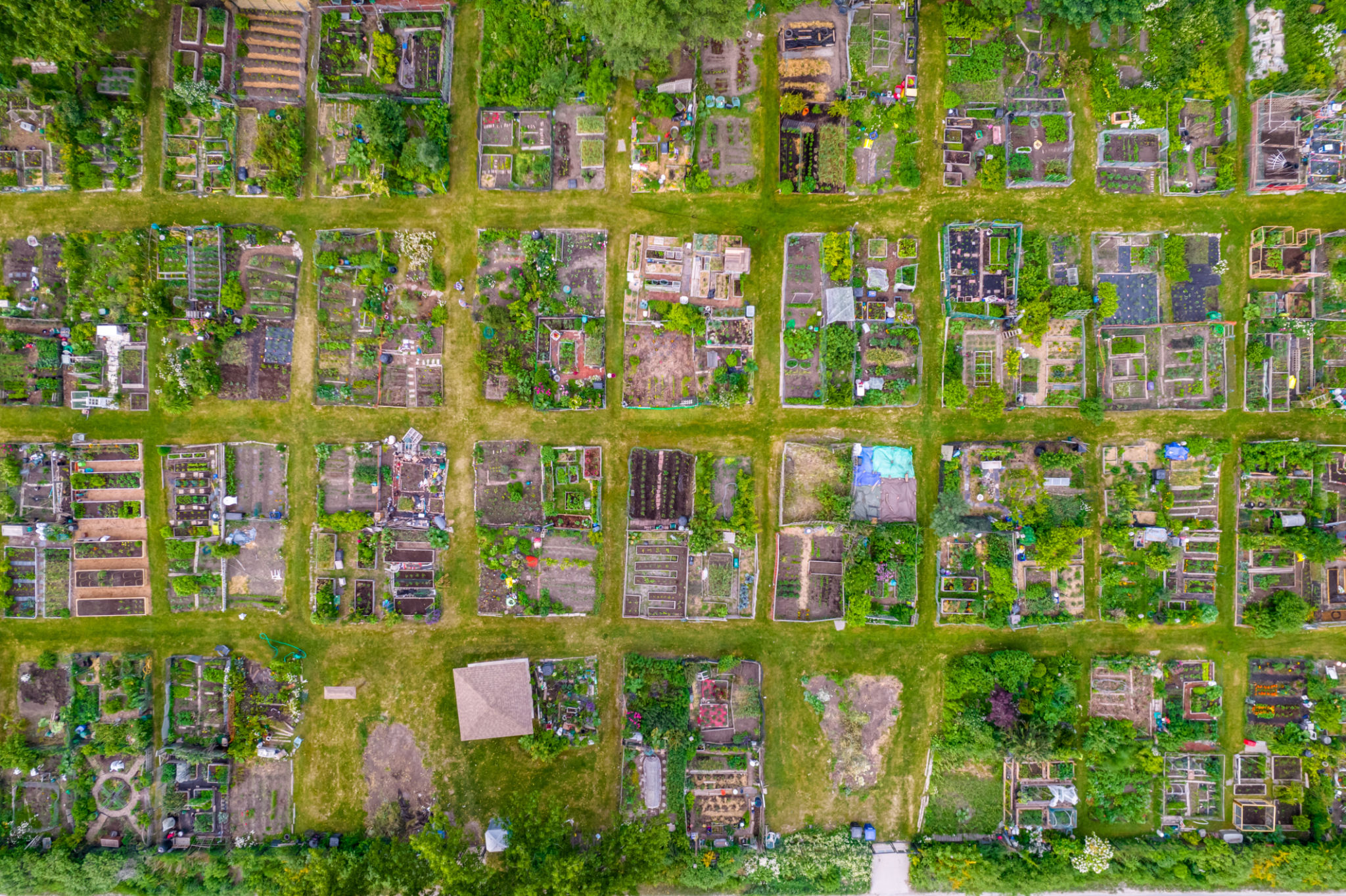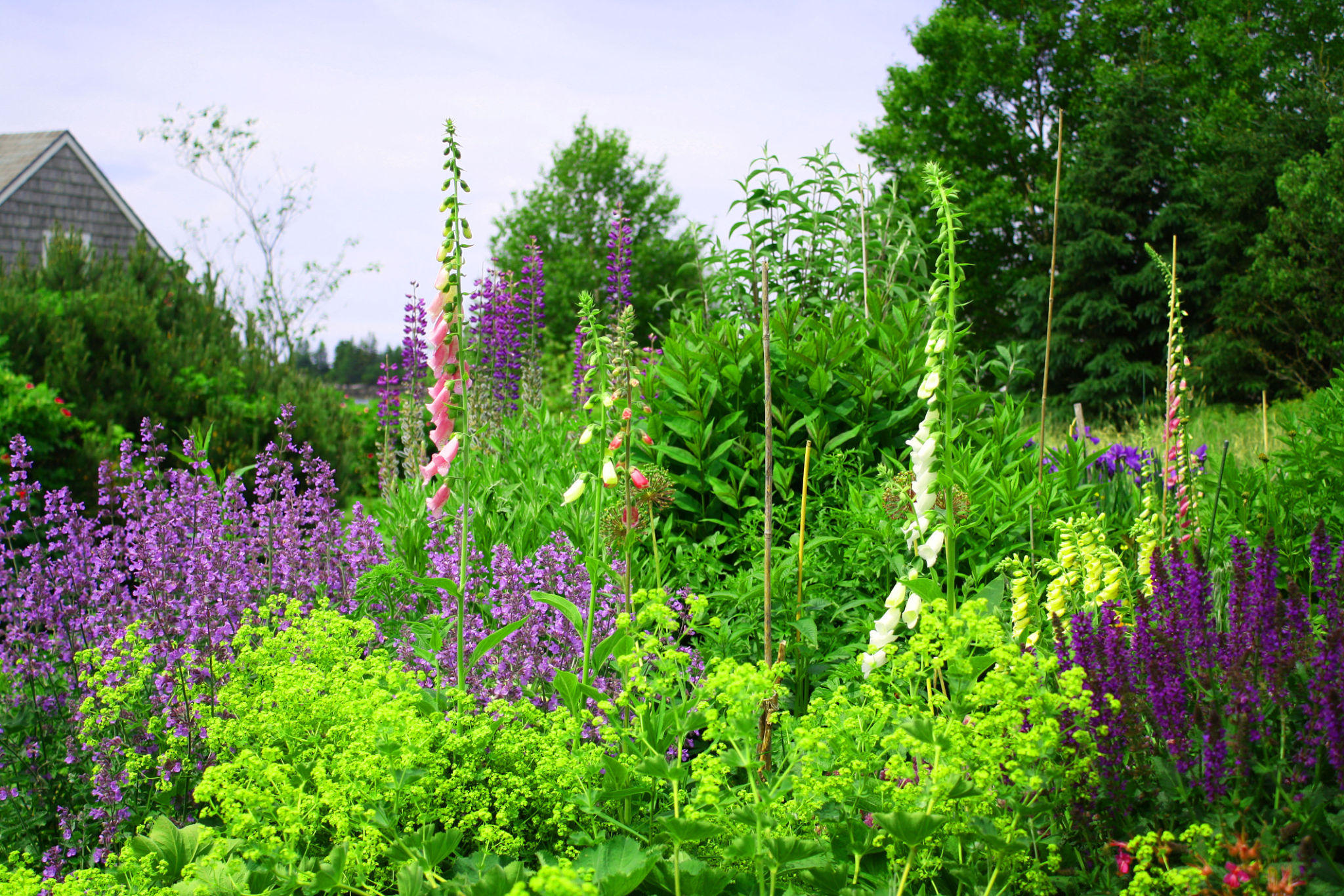Ultimate Guide to Sustainable Landscaping Practices in Urban Areas
Understanding Sustainable Landscaping
Sustainable landscaping is an approach to designing and maintaining outdoor spaces that prioritize environmental health, resource efficiency, and biodiversity. In urban areas, where space is limited and ecosystems are often disrupted, adopting sustainable practices can significantly impact the environment and community.
By implementing these practices, urban dwellers can contribute to the reduction of pollution, conservation of water, and creation of habitats for local wildlife. It's about creating a balance between human needs and ecosystem health.

Benefits of Sustainable Landscaping
There are numerous benefits to sustainable landscaping in urban areas. Firstly, it helps improve air quality by increasing the number of plants that absorb carbon dioxide and release oxygen. Secondly, it reduces urban heat through shade and evapotranspiration provided by trees and vegetation.
Additionally, sustainable landscapes can enhance the aesthetic appeal of neighborhoods, boost property values, and promote healthier lifestyles by encouraging outdoor activities. They also play a crucial role in supporting biodiversity by providing habitats for various species.
Water Conservation Techniques
Water is a precious resource that needs careful management in urban settings. Implementing water-efficient practices can make a significant difference. Consider rainwater harvesting systems that collect and store rainwater for irrigation purposes.
Drip irrigation systems are another efficient way to water plants directly at the roots, minimizing evaporation. Additionally, selecting drought-resistant native plants can reduce the need for frequent watering.

Soil Health Management
Healthy soil is the foundation of any sustainable landscape. It supports plant growth, retains water, and helps sequester carbon. Begin by testing your soil to understand its composition and nutrient levels. Adding organic matter like compost can improve soil structure and fertility.
Avoid synthetic fertilizers and pesticides, as they can harm beneficial soil organisms. Instead, use natural amendments and biological pest control methods to maintain soil health and balance.
Choosing Native Plants
Using native plants in landscaping is a cornerstone of sustainability. These plants are adapted to the local climate and soil conditions, requiring less water and maintenance. They also provide food and shelter for local wildlife, promoting biodiversity.
Research native plant species suitable for your area and incorporate them into your landscape design. This approach not only enhances ecological harmony but also reduces long-term maintenance efforts.

Incorporating Green Infrastructure
Green infrastructure refers to systems that use vegetation, soils, and other elements to manage water and create healthier urban environments. Examples include green roofs, permeable pavements, and bioswales.
These elements help manage stormwater runoff, reduce flooding risks, and improve water quality. By integrating green infrastructure into urban landscapes, cities can become more resilient to climate change impacts.
Community Engagement and Education
Community involvement is key to the success of sustainable landscaping initiatives. Educating residents about the benefits of sustainable practices can lead to greater adoption and support.
Consider organizing workshops or community gardening projects to engage locals in sustainable practices. Sharing success stories and demonstrating tangible benefits can inspire others to follow suit.

Challenges and Solutions
Implementing sustainable landscaping in urban areas can come with challenges such as limited space, budget constraints, or regulatory hurdles. However, creative solutions can overcome these obstacles.
Vertical gardens can maximize space efficiency, while grants or incentives from local governments can alleviate financial concerns. Collaborating with local authorities to streamline regulations can also facilitate smoother implementation.
In conclusion, adopting sustainable landscaping practices in urban areas contributes to environmental preservation, enhances community well-being, and fosters a more resilient ecosystem. By taking small steps towards sustainability, urban residents can collectively make a significant impact on their surroundings.